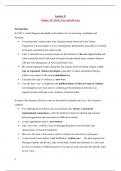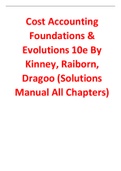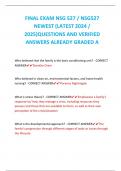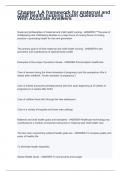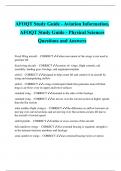Summary
Summary Summaries and lecture notes for the final exam of Core module International relations (LY)
- Course
- Institution
The document includes detailed summaries of all articles (except Deaton 2013) and lecture notes with slides and additional information mentioned in class. NB: this document includes lectures 11- 17, which is the material needed for the final exam.
[Show more]
